Working with resin is exciting, but it often leaves you with a little extra that you are not sure how to handle.
Tossing it out feels wasteful, yet storing or reusing it can seem confusing if you do not know the right steps.
The good news is that leftover resin can be turned into creative projects, saved for later, or disposed of safely without harming the environment.
If you have been wondering exactly what to do with leftover resin, read on for smart tips, fun ideas, and clear answers to your most common questions.
What to Do With Leftover Resin: Quick Overview
Leftover resin does not have to go to waste. Depending on whether it is mixed or still in liquid form, you can reuse it, set it aside for later, or dispose of it safely.
In short, you can:
- ✅ Use it for small crafts
- ✅ Pour it into molds for later
- ✅ Cure it before throwing it away
And yes, you can definitely use leftover resin if you handle it the right way.
Creative Ways to Reuse Leftover Resin
Sometimes the best way to deal with leftover resin is to turn it into something useful or beautiful. Even small amounts can become fun, practical projects.
Make Small Resin Crafts
If you have just a little resin left, pour it into small molds such as:
- ✨ Jewelry
- ✨ Keychains
- ✨ Coasters
- ✨ Bookmarks

📌 Want more fun inspiration? Do not forget to check out Resin Craft Ideas for Kids for simple projects that are great for beginners too.
Create Resin Fillers or Accents
You can also use leftover resin to make accents for future projects. Try adding:
- ✨ Glitter
- ✨ Pigments
- ✨ Dried flowers

Later, you can use these cured pieces as inlays or decorations in larger resin art.
You May Shop
📌 If you are curious about what you can add to resin, browse Things to Put in Resin for creative ideas.
Mold Resin Into Shapes for Later Projects
Even if you do not have a project in mind, pour leftover resin into silicone molds. Good shapes to prepare for future use include:
- ✨ Beads
- ✨ Tiles
- ✨ Cabochons

It is like prepping building blocks for your next resin adventure.
Turn Scraps Into Functional Items
Do not underestimate the power of resin scraps. Small amounts can be turned into:
- ✨ Magnets
- ✨ Drawer pulls
- ✨ Plant markers
- ✨ Buttons

📌 For even more inspiration, discover Epoxy Resin Crafts and see how you can transform scraps into statement pieces.
How to Store and Preserve Leftover Resin
If you do not want to craft right away, you can save resin for later. The trick is knowing how to store it properly so it does not go bad.
Save Unmixed Resin for Later
Unmixed resin (the separate bottles of resin and hardener) can last a long time if stored correctly. Best practices include:
- ✅ Keep bottles tightly sealed
- ✅ Store upright to avoid leaks
- ✅ Place them in a cool, dry spot away from sunlight or heat
📌 For a full guide on storage, check out Storing Epoxy Resin so you do not waste a single drop.
What to Do With Mixed Resin That Is Left
Once resin is mixed, the clock starts ticking. If you cannot use it right away:
- ✅ Pour it into silicone molds so it can cure safely
- ✅ Save cured pieces for later projects
- ✅ Remember, resin will not cure in the fridge. It needs proper temperature and time
How Long Does Resin Last Before It Goes Bad
Most resins have a shelf life of about a year once opened. Unopened bottles can sometimes last several years if stored properly in a cool, dry place. Signs of expired resin include yellowing, thickening, or crystals forming in the bottle.
To save your original resin, always:
- ✅ Seal it tightly
- ✅ Store in a stable, cool environment
Safe Disposal of Leftover Resin
Sometimes you cannot reuse leftover resin, and that is okay. What matters is disposing of it safely so it does not harm your plumbing or the environment.
Why You Should Never Pour Resin Down the Sink
Pouring resin or resin water down the sink is a big no. It can:
- ✅ Harden in your pipes
- ✅ Cause blockages
- ✅ Pollute waterways
How to Dispose of Unmixed Resin
If you have leftover unmixed resin, treat it as hazardous waste. Best steps include:
- ✅ Check your local disposal guidelines
- ✅ Use original containers or seal tightly in another safe container
- ✅ Drop off at a hazardous waste collection site
How to Dispose of Mixed Resin
Mixed resin is easier to dispose of once it is cured. Here is what to do:
- ✅ Let it harden completely in a mold or container
- ✅ Throw it away with your regular trash once cured
Remember, cured resin is no longer toxic and safe to handle, but it is still plastic waste. Since it cannot be recycled in most places, try to minimize scraps where possible.
Conclusion
Leftover resin does not have to sit around unused or end up in the trash. With a little creativity, you can turn it into small crafts, save it for future projects, or dispose of it safely without worry. The key is knowing your options and choosing the one that fits your project and space best.
For more helpful guides and step by step tips, be sure to visit Resiners. And when you are ready to start your next project, do not forget to check out Resiners epoxy and UV resin, resin machines, tools, and accessories to make your crafting easier and more fun.
Frequently Asked Questions About Leftover Resin
Does resin melt in the sun
No, resin does not melt in the sun, but it can soften or become discolored if exposed to high heat or UV rays for long periods. That is why resin pieces should be kept indoors or protected with a UV-resistant coating.
Do things rot inside resin
Objects sealed in resin do not rot because they are sealed away from air and moisture. However, if the item was not fully dried before being embedded, it could cause bubbles or discoloration over time.
What happens when resin touches water
Liquid resin does not mix with water and can become cloudy if exposed to it. Once cured, resin is water-resistant, but it is still best to avoid soaking it for long periods to keep it looking clear.
What is natural resin made of
Natural resin comes from plants, especially trees like pines. It is a sticky substance that protects the tree from insects and damage. The resins used in crafts are usually synthetic, made to mimic natural resin but with stronger and clearer results.


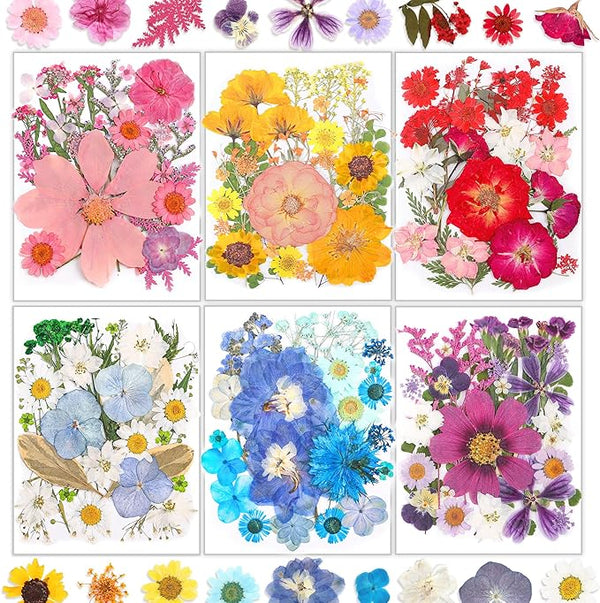
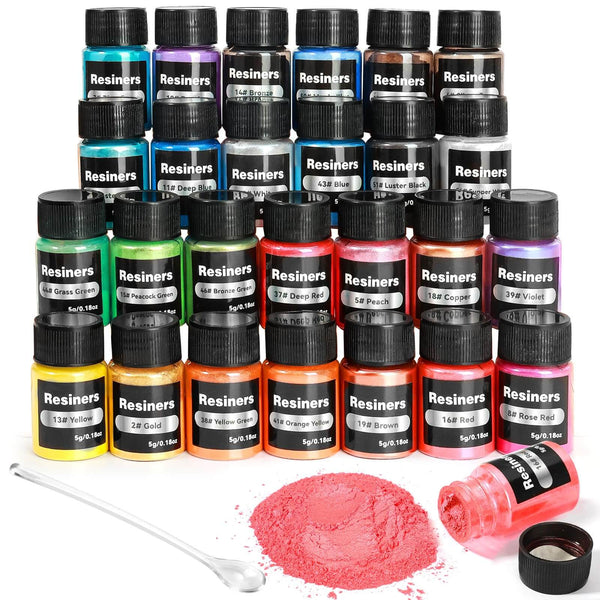
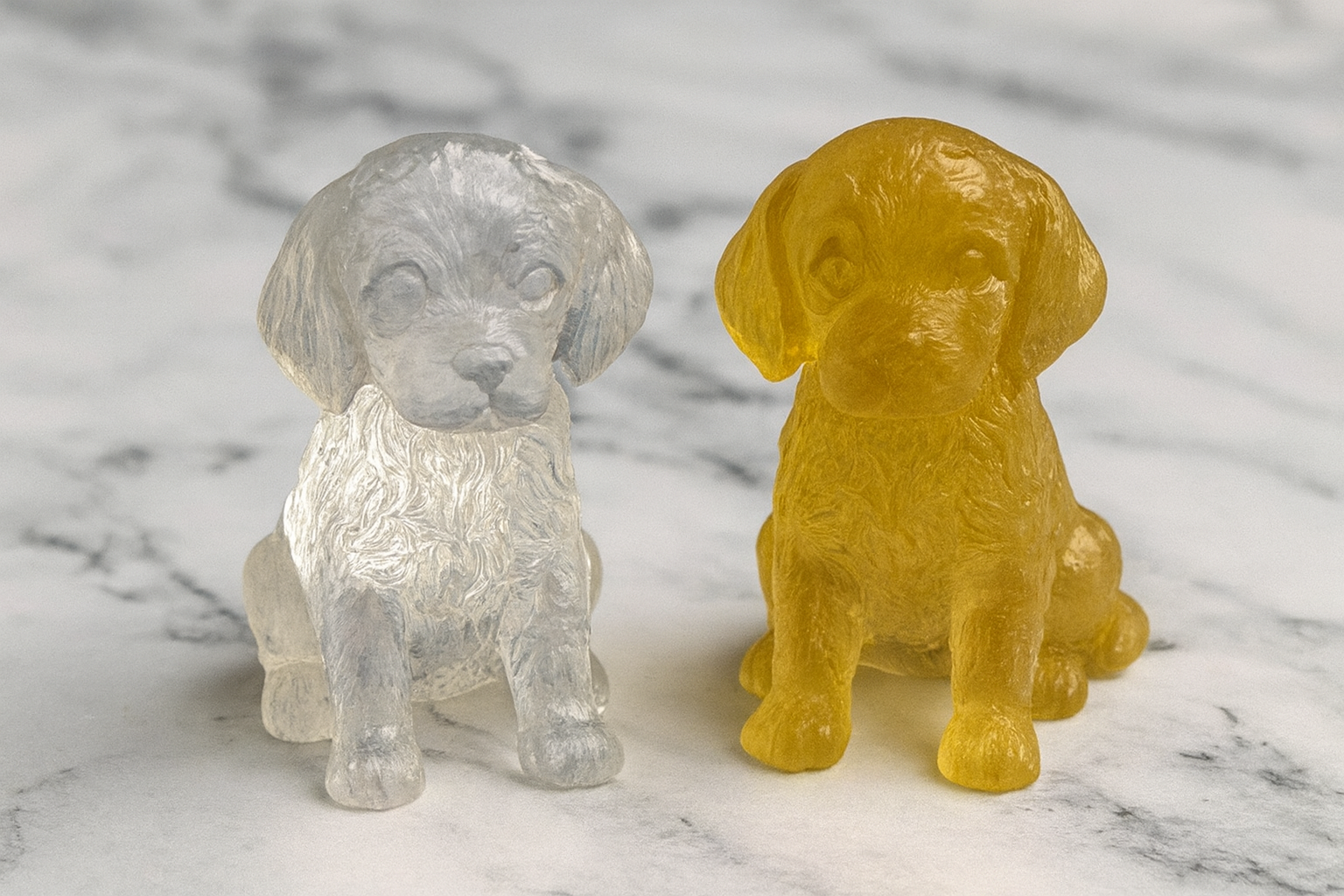
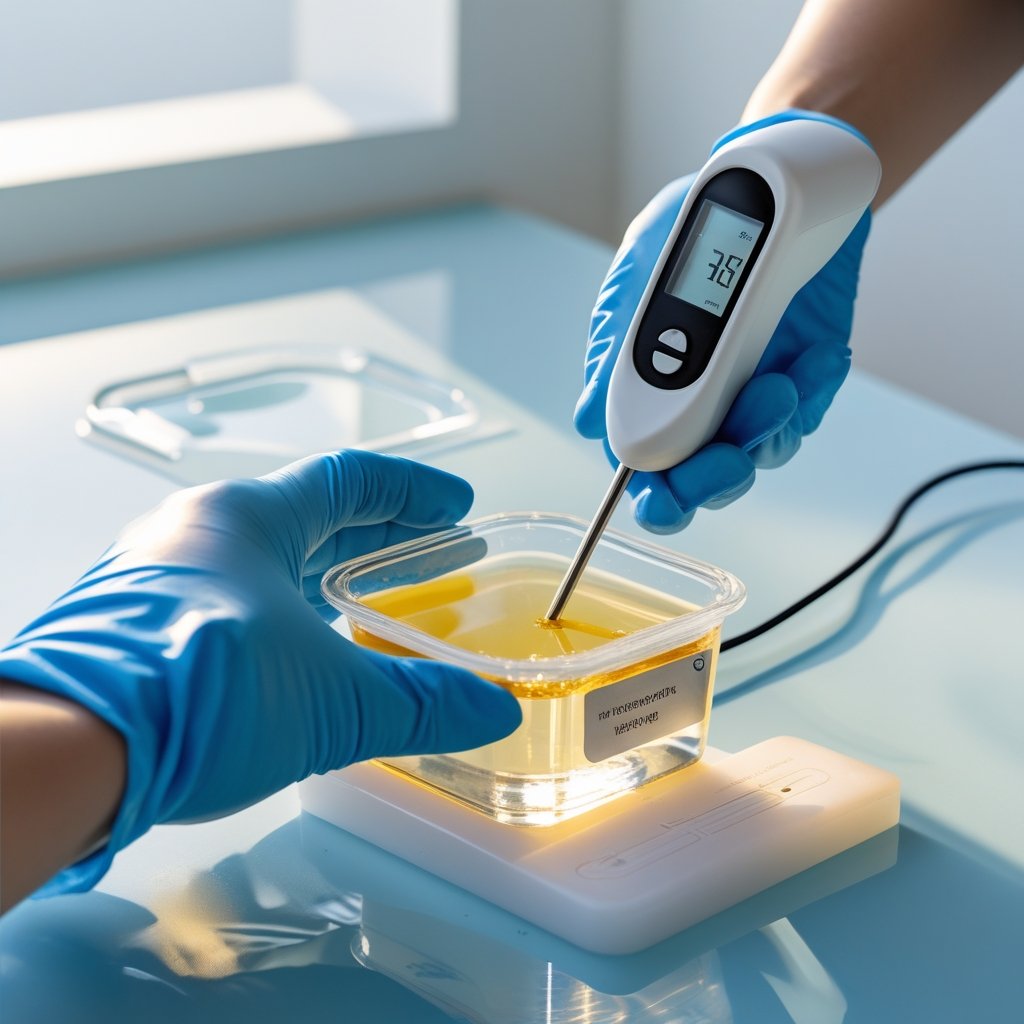
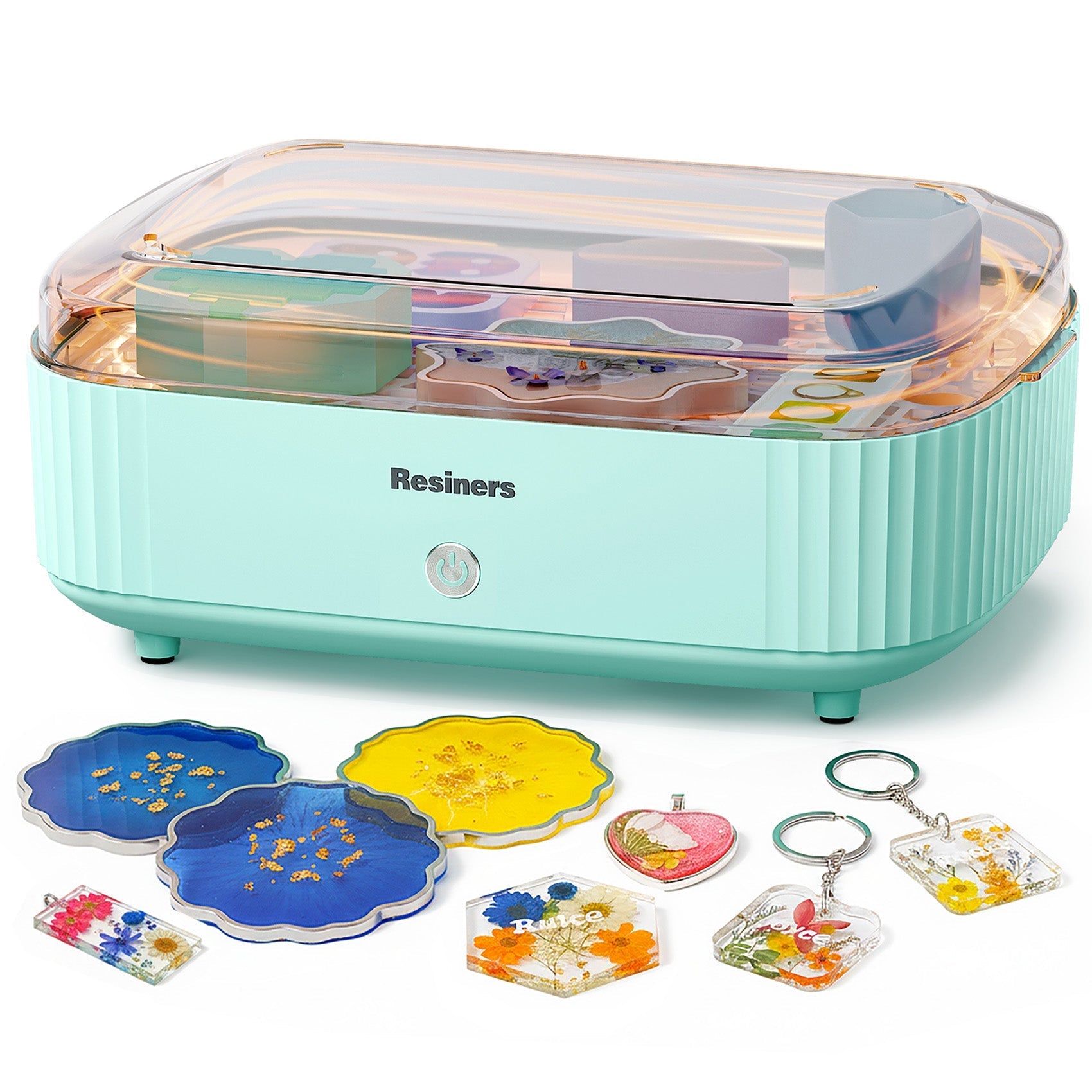
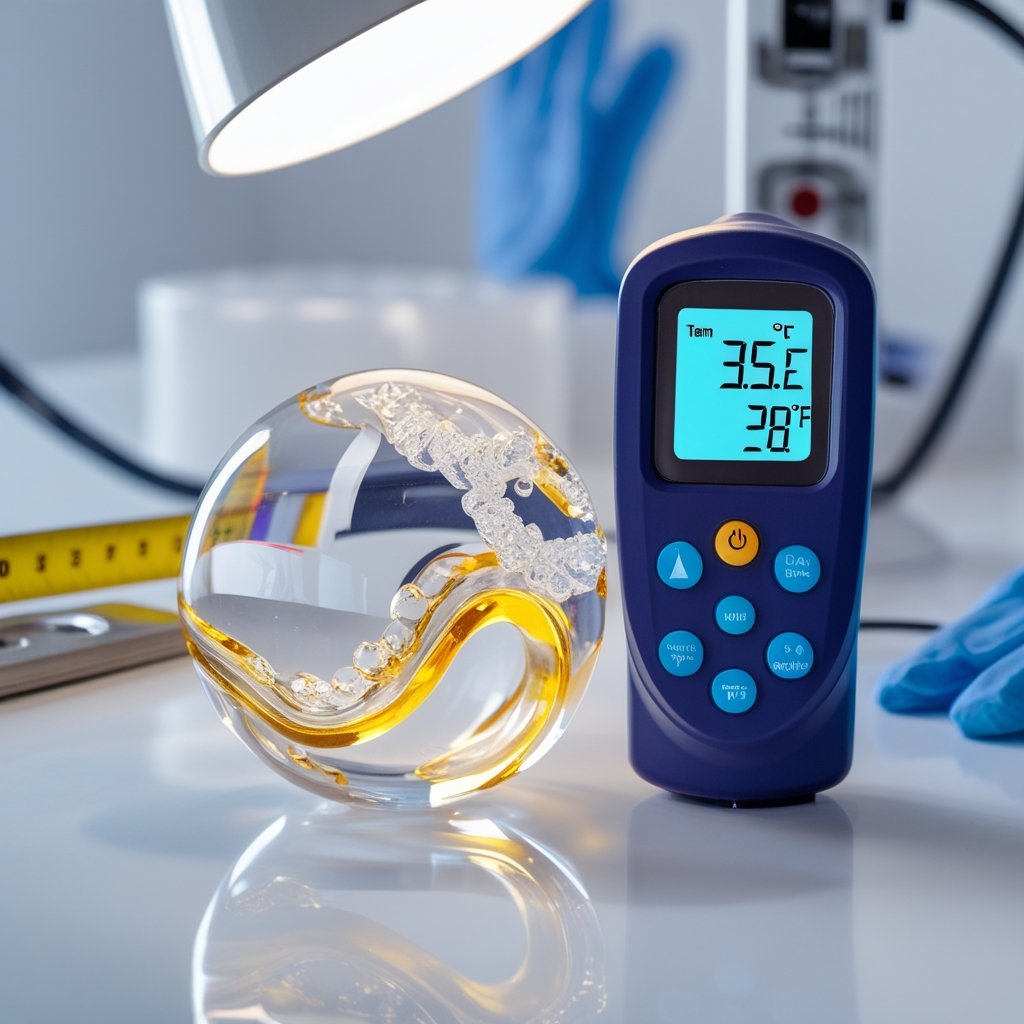

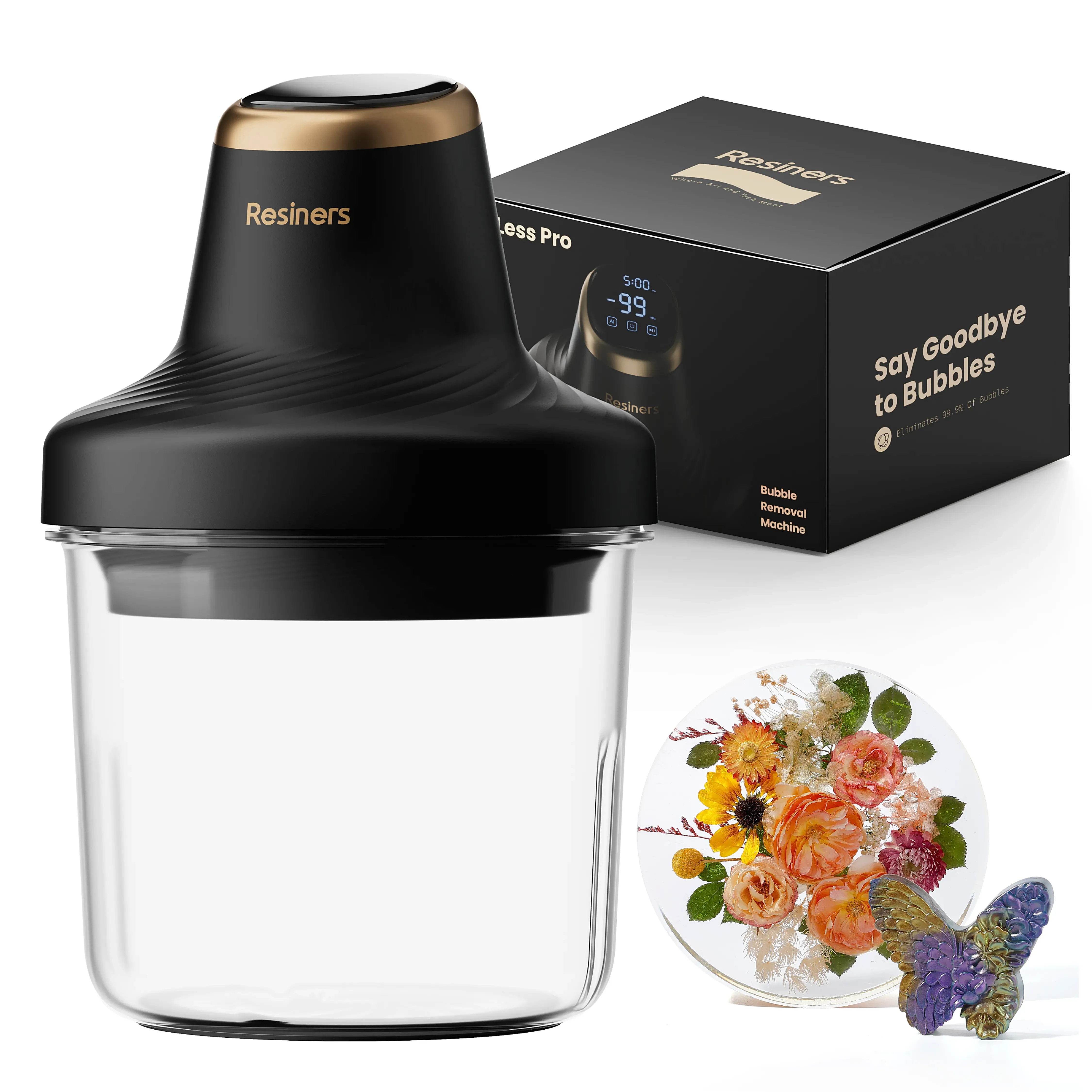

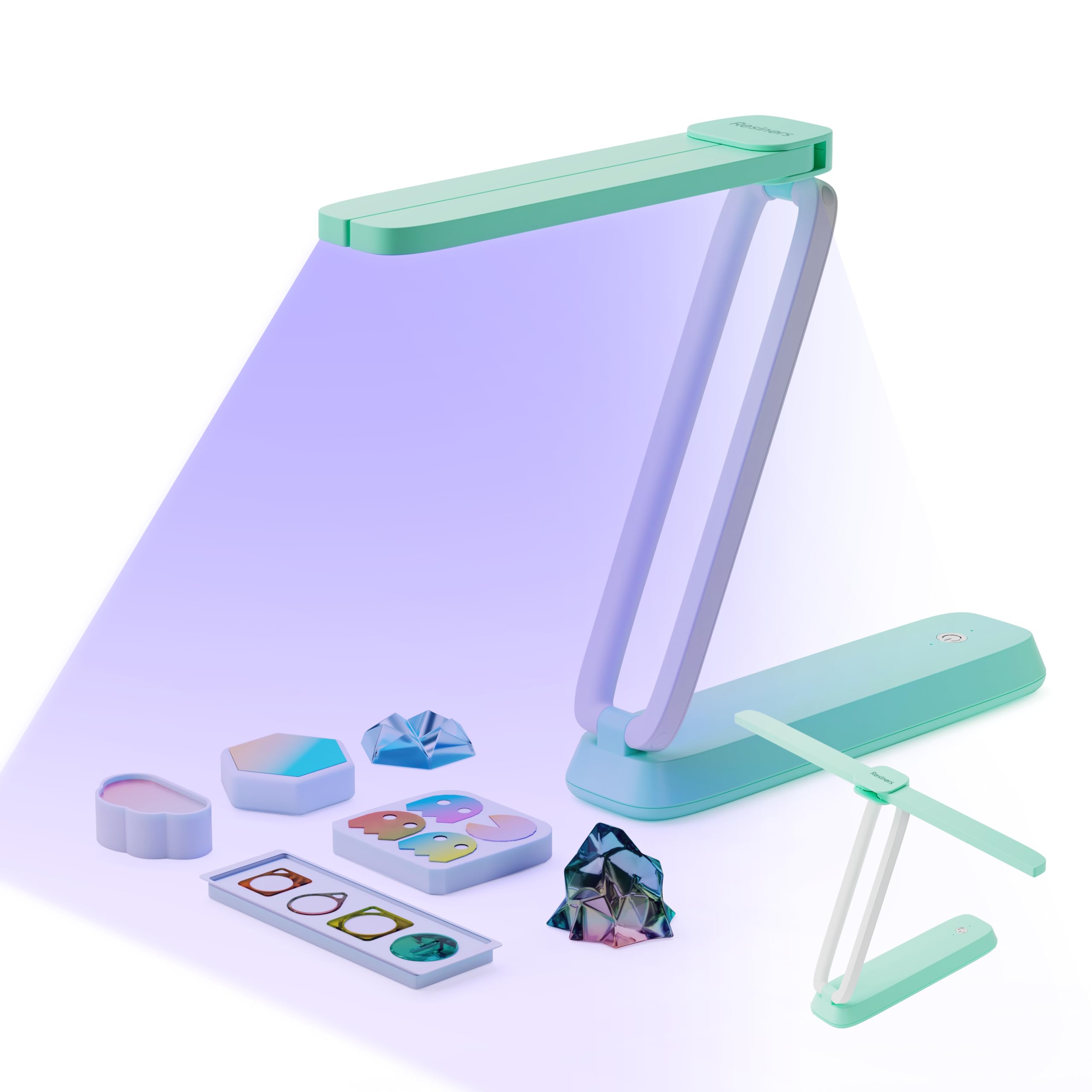

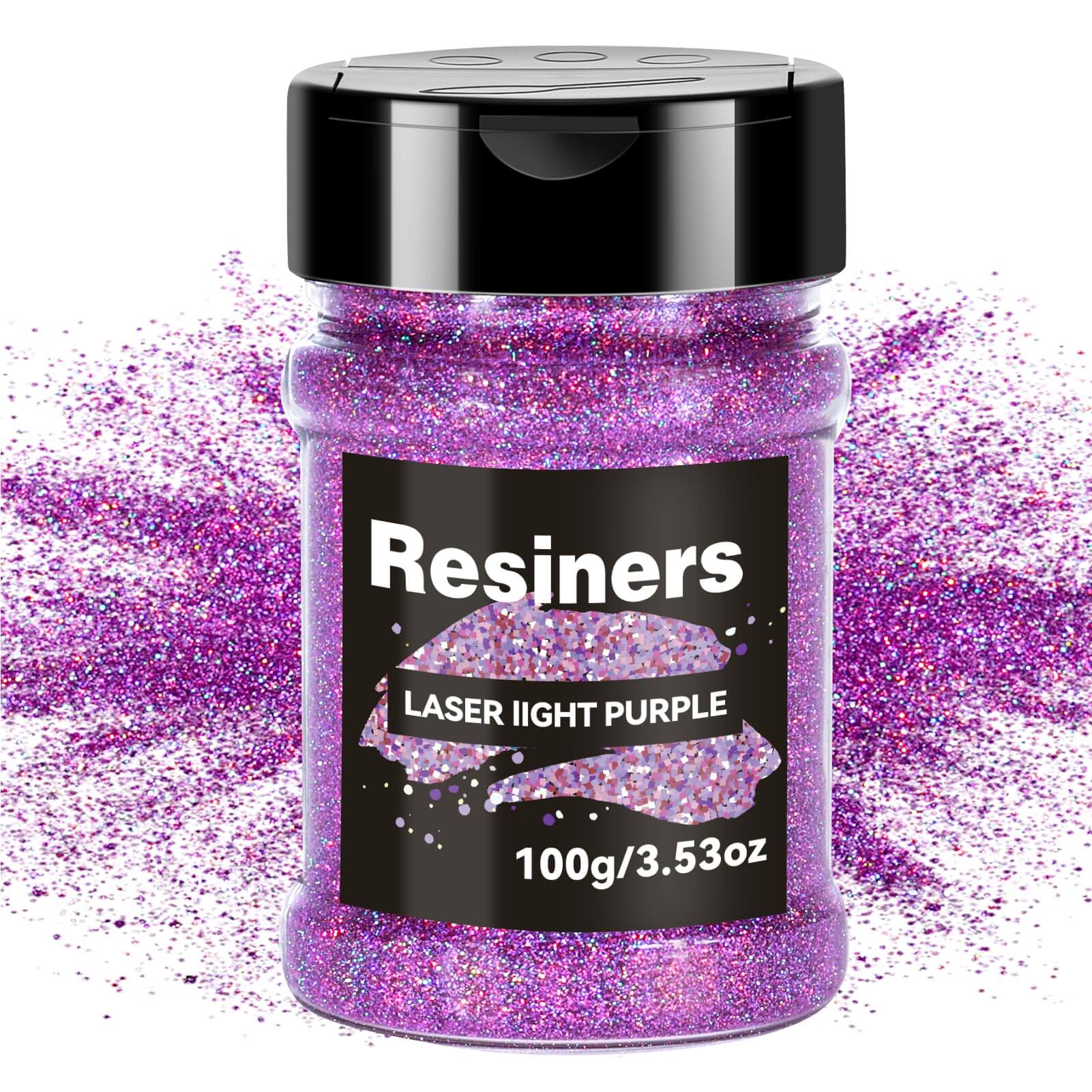
Dejar un comentario
Este sitio está protegido por hCaptcha y se aplican la Política de privacidad de hCaptcha y los Términos del servicio.